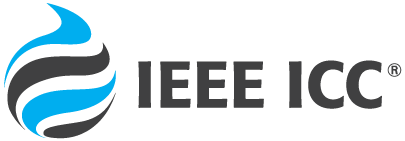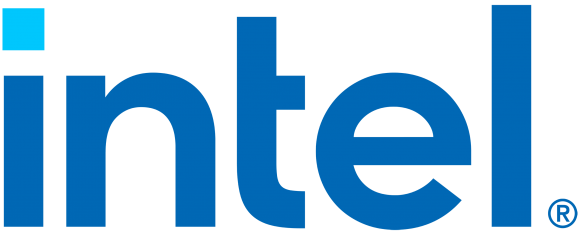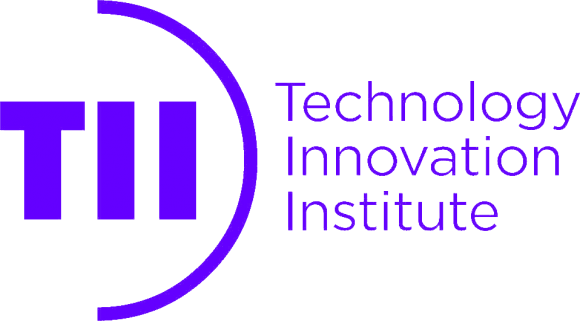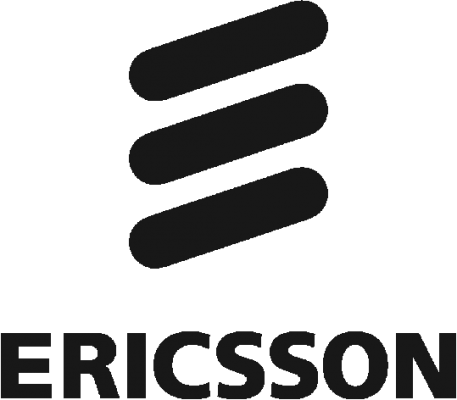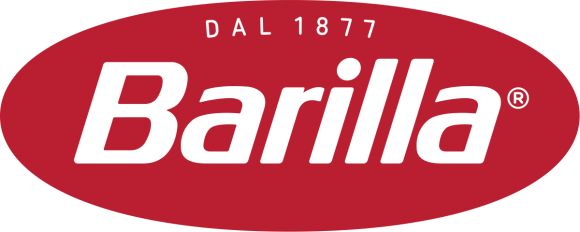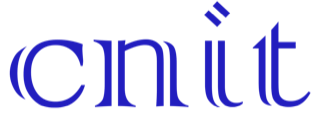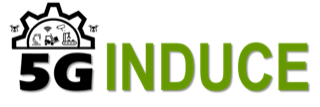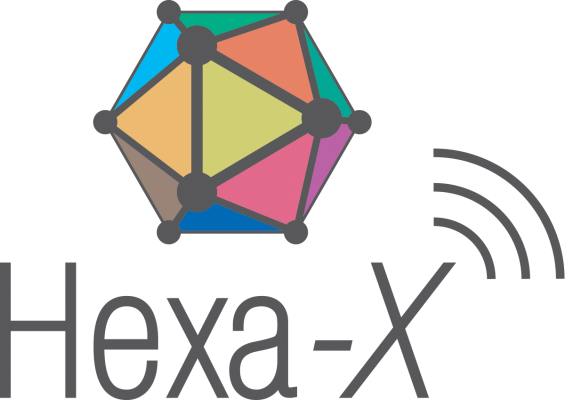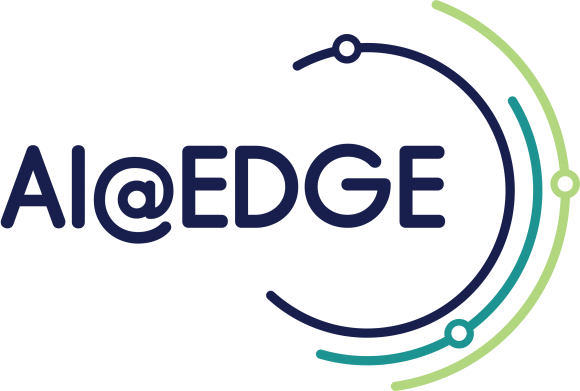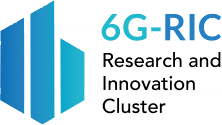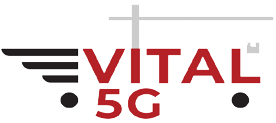Abstract
In future 6G wireless networks scenario, ocean networks will play a relevant role in the context of heterogeneous overlapping network layers, from ground up to space ones. Research activities on Underwater Wireless Communication (UWC) is paramount to enabling new services and push the Internet of Underwater Things paradigm, with the vision to extend the underwater communication to ground networks. Recent advances in underwater sensors that collect and transmit high-quality, real-time data are utilized for a wide range of applications such as marine ecology, pollution and water-based disaster preventions, seabed monitoring etc.
Today underwater acoustic communications (UAC) are largely used for underwater networks, relying on the use of electromechanical/piezoelectric devices to convert the electrical signal into a mechanical one (ultrasound). Ultrasound well propagates in the water since it suffers from low attenuation and can achieve long distances, but the transmission rate is very limited. Underwater Optical Wireless Communication (UOWC) is a promising technology that, as compared to acoustic one, offers a much higher bandwidth/data rate and lower latency, while consuming less power. The 1st workshop on Underwater Communication, Access and Networking (U-CAN) will deal with different aspects of UOWC, including the Visible Light Communication technology, to be applied in underwater networks.
Scope of the Workshop:
In future 6G wireless networks scenario, ocean networks will play a relevant role in the context of heterogeneous overlapping network layers, from ground up to space ones. Research activities on Underwater Wireless Communication (UWC) is paramount to enabling new services and push the Internet of Underwater Things paradigm (IoUT), with the vision to extend the underwater communication to terrestrial communication. Recent advances in underwater sensors that collect and transmit high-quality, real-time data are utilized for a wide range of applications such as marine ecology, pollution and water-based disaster prevention, seabed monitoring for scientific exploration as well as commercial exploitation. Underwater sensors are adopted in IoUT paradigm, defined as a worldwide network of heterogeneous interconnected underwater objects that communicate to each other for monitoring tasks of vast unexplored water areas.
One technology that can be an enabler for communicating underwater for services also including Tsunami alarm, is underwater acoustic communications (UAC) that rely on the use of electromechanical/piezoelectric devices to convert the electrical signal into a mechanical one (ultrasound). At the receiver an acoustical/electrical device is conventionally used. The key point is that sound (ultrasound) well propagates in the water since it suffers from low attenuation and can achieve, in principle, long distances. However, one key challenge is the transmission rate that is limited. Another promising communication paradigm is represented by Underwater Optical Wireless Communication (UOWC). UOWC is a promising technology to achieve wireless connectivity in the underwater environment at, hopefully, high-speed. Compared to conventional underwater communications such as the acoustic and radio frequency ones, UOWC offers a much higher bandwidth/data rate and lower latency, while consuming less power.
On the other hand, the limitation here is given by attenuation since some wavelengths (i.e., red/yellow) are heavily attenuated also at short distance. UOWC is suitable for a large plethora of underwater applications such as imaging, real-time small size video transmission, and high-throughput services. Nevertheless, the widespread deployment of optical wireless systems, namely infra-red, ultra-violet and visible light communications (VLC), will face several challenges such as water turbidity, blockages due to fishes and other underwater beings, and mobility.
A substantial volume of research activities both at academia and industry at a global level are addressing the challenges related to UWC, both in UAC and UOWC and make the systems and their coexistence, a more reliable and viable wireless option. This is supported by an exponentially growing number of publications, dedicated technical events, research funding and PhD studies. In this context, a major issue is represented by vulnerabilities related to the communication system that can be exploited to create new advanced cyber-attacks, that need to be considered from the beginning in order to develop and implement more robust and resilient solutions by design.
The 1st workshop on Underwater Communication, Access and Networking (U-CAN) will deal with different aspects of OWC, covering the entire field of OWC including the emerging VLC technology, to be applied in underwater networks. In the last decade, we have seen a growing trend in research and development activities in the emerging field of OWC covering VLC and free space communications for indoor and outdoor, as well as recent applications including underwater communications, sensing and positioning. For example, the EU COST action CA19111 NEWFOCUS, with over 41 member countries. As a result of dissemination activity, all the members of the organizing committee of the 1st Workshop on U-CAN are also members of COST Action NEWFOCUS.
